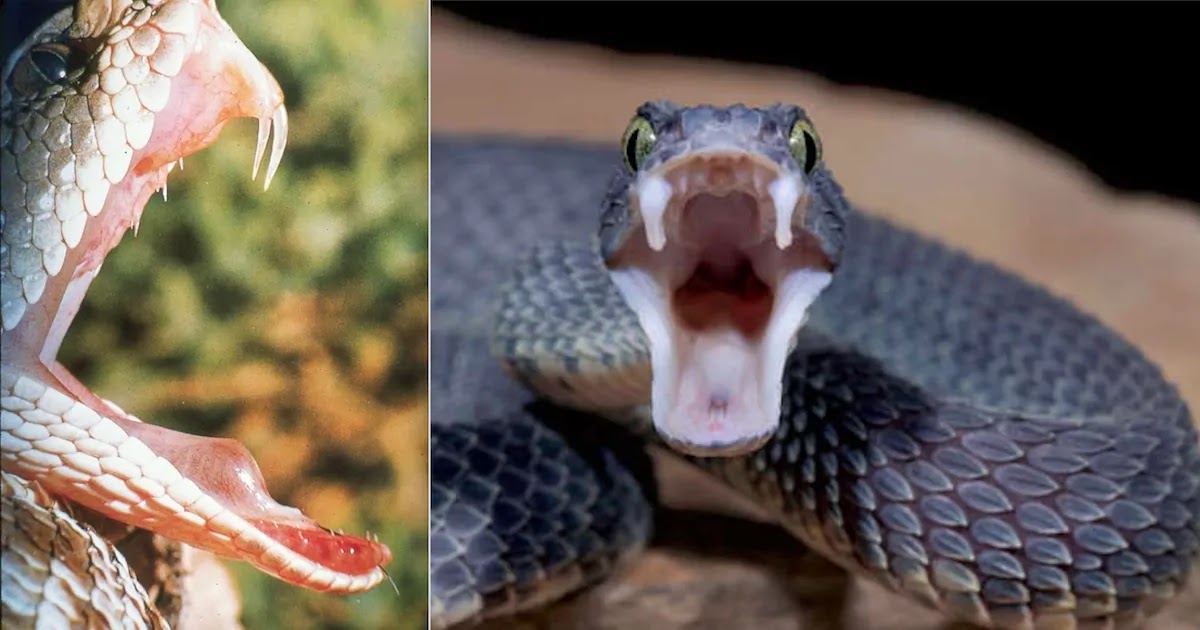
Scientists have revealed that human beings have genes that indicate we could potentially develop a deadly venomous bite, or that we had one many millions of years ago in our previous animal forms.
The study by the Proceedings of the National Academy of Sciences (PNAS) found that the genetic building blocks that produce deadly venom in animals such as snakes are also found behind the teeth of modern-day humans and other mammals.
Scientists are still completely unsure as to why venom has developed in some animals and not others. A huge variety of unrelated animals, ranging from lizards, to spiders, to mammals, currently produce their own types of venom, used for both attack and defence.
The study in question explored what are known as 'housekeeping genes' that regulate the production of venom, as opposed to the active genes behind venom production in specific animals. By examining the venomous Taiwan habu snake, the scientists were able to define a network of 3,000 genes responsible for the production of venom – known as the 'metavenom network'.
Amazingly, what was discovered was that mammals, including humans, had the same metavenom network, but that in non-venomous animals, this network regulated and controlled the production of non-venomous saliva. Therefore, while there may be venomous animals and non-venomous animals, both are comprised of the exact same gene network.
Agneesh Barua, the author of the study, said that previous scientific investigations had also suggested that some sort of venom network existed but that until now, no clear evidence had been produced. She said:
"There were experiments in the 1980s that showed that male mice produce compounds in their saliva that are highly toxic when injected into rats. If under certain ecological conditions, mice that produce more toxic proteins in their saliva have better reproductive success, then in a few thousand years, we might encounter venomous mice."
As human beings also have a protein called kallikrein in our saliva, which is also found in many venoms, this means we could potentially, quite easily, under the right evolutionary circumstances, evolve a deadly poisonous bite in years to come.
[h/t: IFL Science]













COMMENTS